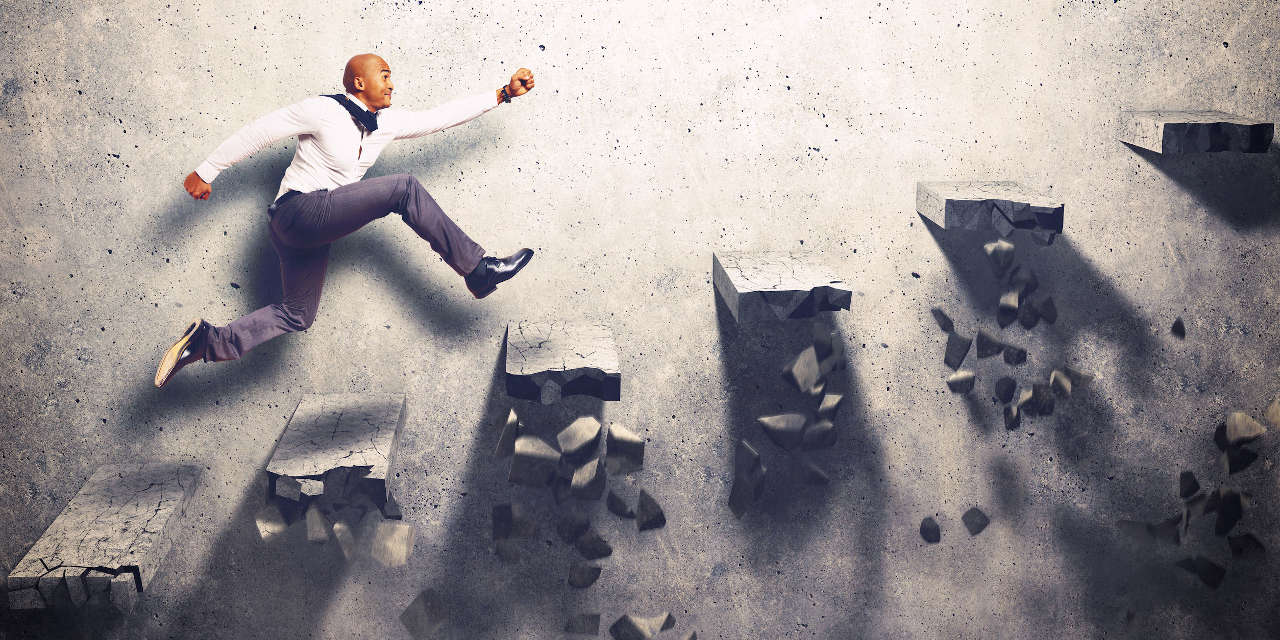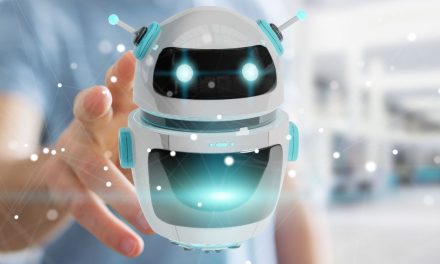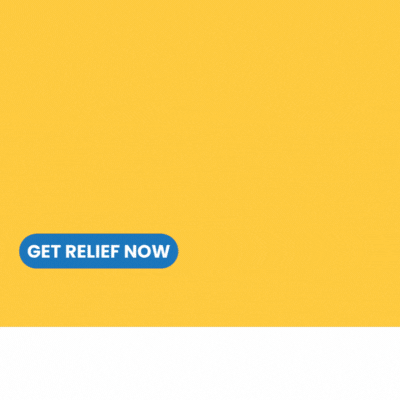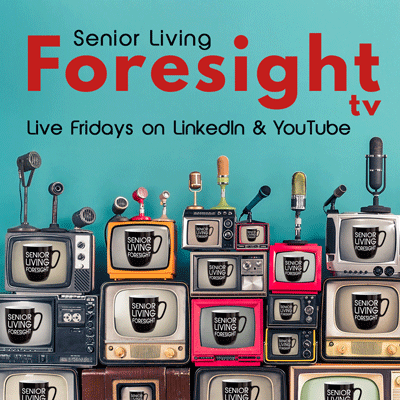By Pam McDonald
New technology, with advanced capabilities, is what Philips Senior Living spotlighted during our Tech Foresight virtual summit in August. Philips’ presenters David Wardlaw, Vice President of Business Development, and Brandee Vanvuuren, Senior National Account Manager, challenged owner-operators to rise up and redefine standards by moving beyond traditional systems of pull cords, call buttons, and pendants.
They urged providers to lean in, understand advancements that are demarcations between old and new generation technology, and give serious consideration to the potential costs of not deploying next-generation platforms.
What Matters Most
Brandee, with 15 years of clinical experience in senior living, brought a caregiver’s perspective to discussions of new solutions for addressing resident and caregiver safety needs. She noted that the traditional system has been deployed in 95% of senior communities.
And, while this 20th-century technology had been adequate for years, it did nothing for the infection control needed to combat the invisible threat of COVID-19. Infection control has emerged as a key piece of the “what matters most” list for staff, families, and residents.
Today’s advanced call solutions, including Philip’s cloud-based platform, offer operational improvements such as automated contact tracing. David explained using an example of fictitious resident Craig, who had just been diagnosed with COVID-19.
The system would automatically locate Craig, “see” who he most recently contacted, where that contact occurred, and the duration. It can then do the same for each resident, staff member, or visitor who had direct contact with Craig.
By also pinpointing the location where exposure occurred, Philip’s tech identifies areas where secondary environmental transmission may occur from contaminated surfaces. Therefore, key infection control steps of decontamination and disinfection can quickly take place.
Real-Time Location Systems
This kind of evidence-based information is made possible through real-time location systems (RTLS) that capture every step, distance, time, and motion. It is the backbone of advanced tech. David called on senior living decision-makers to make sure any system they consider has this “must-have” capability.
Using Philips’ additional functions, communities can denote personalized boundaries to support distancing and quarantine protocols, either indoors or outdoors. They can capture resident or staff time spent in specific areas to identify possible social isolation. And they manage essential visitors, such as visiting nurses or therapy providers.
Peace of Mind
Both David and Brandee noted that nothing matters more to families than peace of mind. They pointed out that new ways to capture evidence-based data engender trust from the family. Additionally, sales and marketing teams can distinguish or separate their community from the competition. Use of accurate, efficient data and technology becomes a part of their brand.
Integration and Efficiency
With older on-premise, proprietary systems, data is essentially locked in a vault, as are non-digitized facts. As technology advances continue to be made with these cloud-based systems, having digitized data positions senior living organizations to operate with much greater agility. Particularly in the area of connecting into greater aging journey ecosystems. Further, this agile data in the cloud will enable organizations to analyze their business in ways they have yet to achieve. A perfect example would be the combined data from electronic health records and these advanced resident safety systems.
Perhaps nothing summarized this call to action more than the quote from thought leader Dr. Nancy Swanger from the Granger Cobb Institute, where she proclaimed, “How can you afford not to implement these types of advanced systems?!”
To watch this session and access all Tech Foresight presentations, click here for access.
For more information about Philips visit their website.








